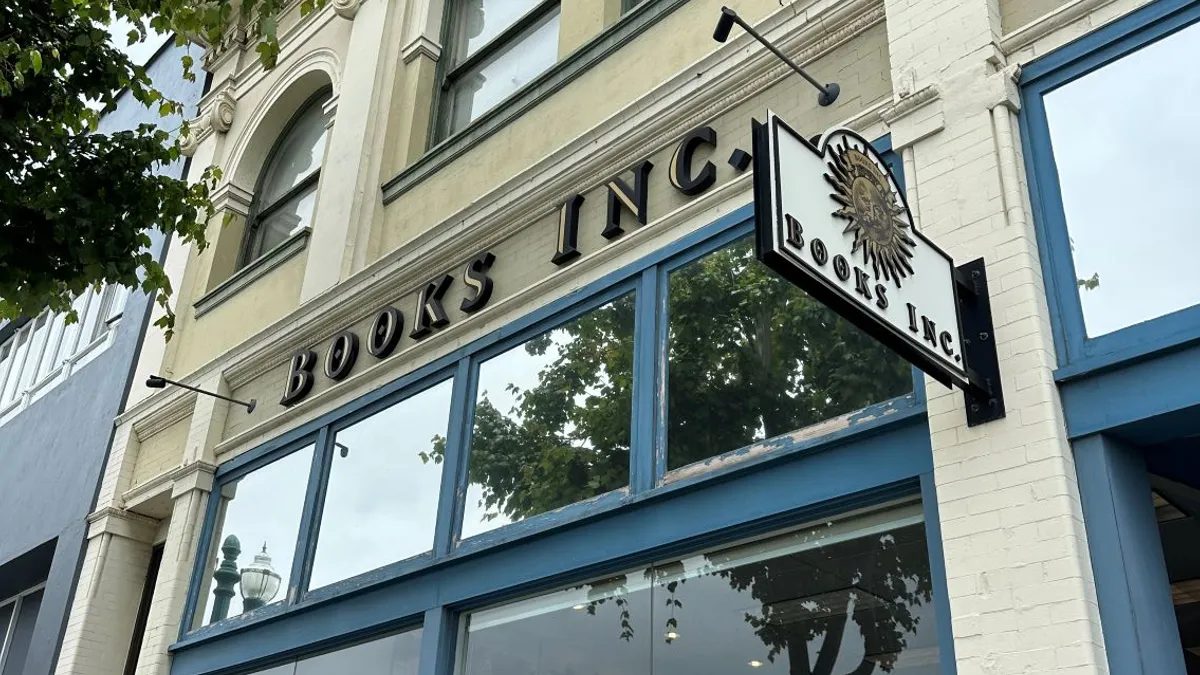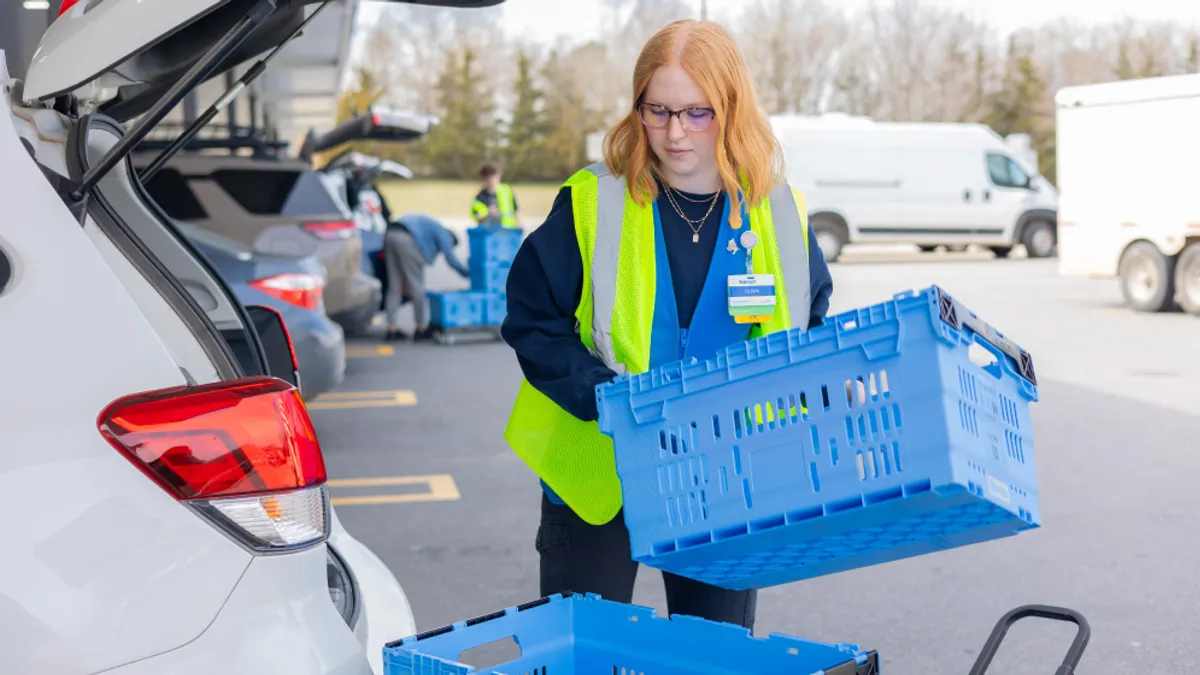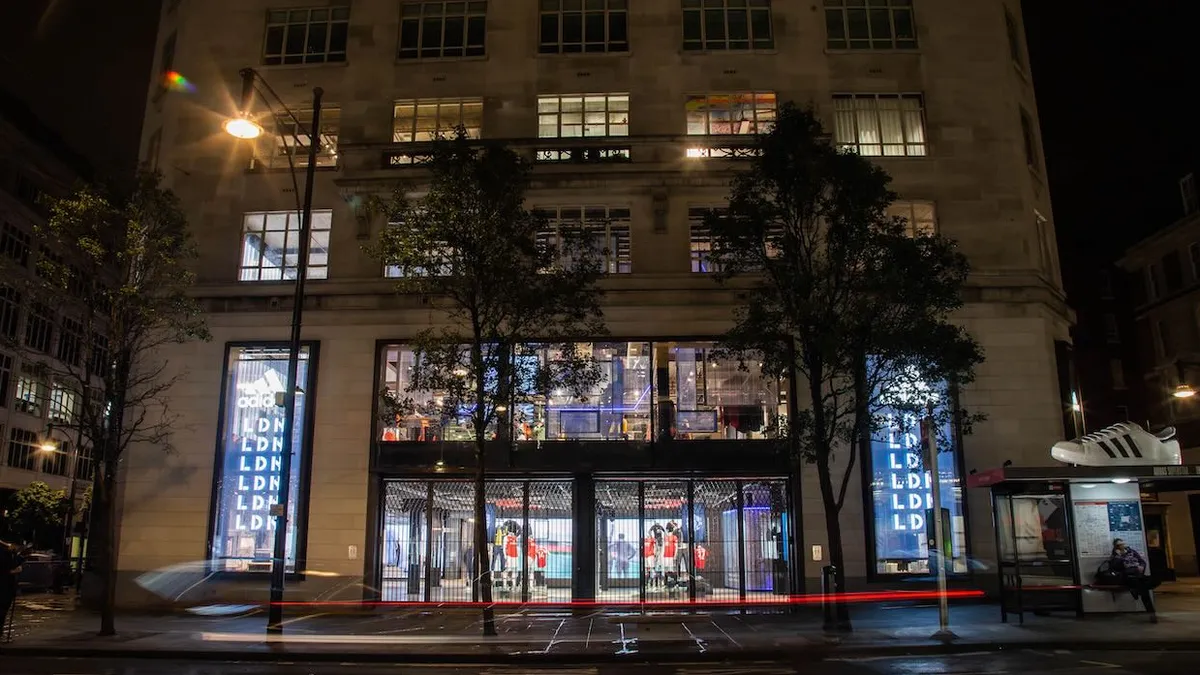Millions of consumers racked up great deals on Amazon’s Prime Day, and many will take advantage of the special day's next-day shipping to receive their purchased goods quickly. For such a staggering volume of sales to take place — Amazon reported a more than 60% jump in sales in the 30 hour window as compared to 2016 — and for the next-day shipping promise to be upheld, there’s a lot of logistical gymnastics going on behind the scenes to make sure consumers get what they paid for.
Big sale days mean shipping rates increase
When a consumer opens up Amazon’s website, all the goods he or she sees available for purchase for 2-day delivery are already stocked in Amazon’s fulfillment centers. To do this, third-party logistics providers rushed to get goods and products to Amazon’s fulfillment centers in time to be listed on Amazon.com. For big sale days — like Prime Day — Amazon needs more truckers, and as the demand for truckers rises, rates increase.
Joshua Main, an account executive for the freight matching company Truckstop, said that because Amazon needs expedited loads to keep its fulfillment centers stocked, rates will definitely go up (even after Prime Day) and other companies may have to delay shipments if they lose too many 3PLs to Amazon.
“Right now, capacity and carriers are a hot commodity,” Main told Supply Chain Dive. “All shippers are going to be impacted, by how much I don’t know, but most companies that have contracted 3PLs will have service failures because of [Prime Day].”
'Whenever there’s anticipated demand, there’s an uptick in delays."

Michael Gallardo
Sales Manager at Flexport
To prepare clients for Prime Day, freight forwarding company Flexport devoted an entire page of critical pieces of information that 3PLs will need to know about the logistics. Michael Gallardo, head of Flexport’s Atlanta office, said client education is a huge part of Flexport’s business, because e-commerce logistics is so challenging to understand.
“In order for someone to come on to our platform, they have to attend an Amazon webinar,” Gallardo said. “We walk them through the entire process and then we give them a very helpful info guide and links to articles and say hey, this is the type of info that’s really helpful. These methods work 100 percent.”
Gallardo said 90% of Flexport’s clients pull freight for Amazon, which means Prime Day is a big deal. For one, 3PLs must understand that consumers expect Amazon to have what they want and to deliver promptly. In order for Amazon to deliver, 3PLs must coordinate their own routes, loads and shipments to make sure Amazon fulfillment centers are properly stocked. Prime Day can especially cause lags in less-than-truckload (LTL) shipments, Gallardo said.
"The more innovative Amazon is, the more we have to innovate to keep up."

Karl Siebrecht
CEO of Flexe
“A lot of people don’t take into account the delays that can happen in the LTL network,” he told Supply Chain Dive.
Sometimes, LTL shipments can get backed up several weeks in anticipation of holiday sales or special sale days.
“What I see with a lot of my sellers is that this concept of LTL taking 2-4 weeks to get to inventory is not understood, and it’s something we try to educate our clients on consistently,” Gallardo said. “Whenever there’s anticipated demand, there’s an uptick in delays.”
According to Gallardo, the best way for 3PLs to prepare for days like Prime Day is to “understand timelines and pricing.”
As for other e-commerce companies and online retailers, they should be prepared for potential delays with their own shipments, since Amazon has a tendency to attract a large quantity of available 3PLs when preparing for its big sales.
Prime Day was a test for peak season
Karl Siebrecht, CEO of Seattle-based on-demand warehouse start-up Flexe, said Prime Day was a good opportunity for Amazon to test its peak fulfillment needs. By offering a day of big sales and discounts, Amazon maintains a bit of an edge over its competitors.
“Any e-commerce company that has a spike in Q4 — which is most — there’s a lot of prep that goes into the first three quarters of the year for that peak,” Siebrecht told Supply Chain Dive. “It’s a long gap between cycles. This great opportunity if you work in the fulfillment business. It’s a fantastic opportunity for Amazon to hone their skills and manage that peak (before Q4).”
As a competitor to Amazon, Siebrecht sees Prime Day as an opportunity to watch how Amazon handles logistical hurdles to orchestrate its own crafted version of Black Friday. Because Amazon is a leader in e-commerce, how it manages big sales events like Prime Day offers real-time opportunity to observe and analyze.
"Right now, capacity and carriers are a hot commodity."

Joshua Main
Enterprise Account Executive for Truckstop.com
“It shines a brighter light on how to do e-commerce at scale, and an even brighter light on the pace at which Amazon is innovating,” Siebrecht said. “And through all this relentless innovation, they’re creating a better consumer delivery promise.”
Prime Day, therefore, was an opportunity for growth, not just for Amazon, but also for its competitors and its contracted 3PLs. As Amazon departs from its third annual Prime Day, logistics providers, owner operators, supply chain managers, other e-commerce companies and online retailers alike should take note of how Amazon handled the big day.
“The more innovative Amazon is, the more we have to innovate to keep up,” Siebrecht said.






















